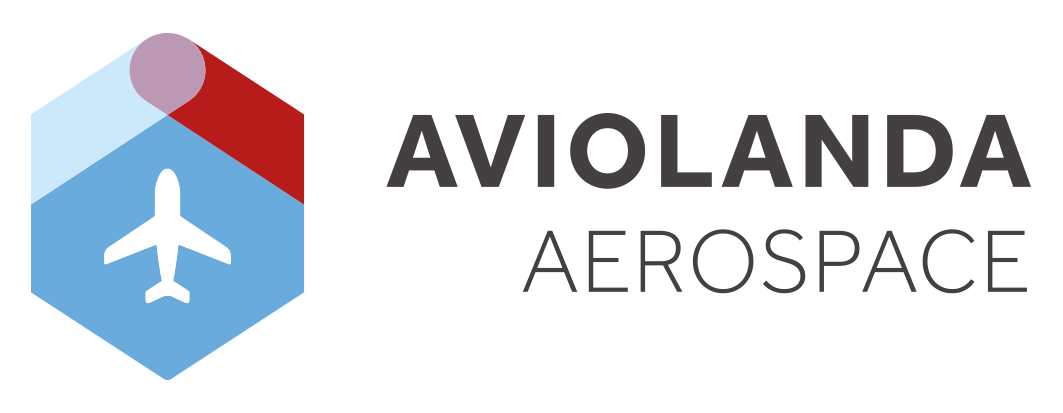
12 Oct Meet UAV+: the magic of drones and education
Teaching secondary education students how to fly drones: whoever thinks that drone education is a piece of cake should talk to François Coppens and Rob van Nieuwland first. These two gentlemen are the inspiration, motivation and brains behind UAV+ and have developed two courses for preparatory secondary vocational education. Their goal? To integrate drones into the curricula of these schools, and make learning how to fly a drone as common as learning how to ride a bike.
The two courses, Drone Technology I and Drone Application, teach young people the basics of drones. The first course teaches them how to fly a drone and explores the technology behind the device. In the second course, the students are immersed in the world of data and how data obtained using drones can be applied to any discipline. François: ‘We’re planting the seed that teaches these youngsters that drone applications have many more uses besides racing and vlogging. At the same time, we’re teaching them to be realistic. We’re also inspiring them to rediscover that technology is so much more than “getting your hands dirty”. Technology, whether it’s taught in school or your profession, is fresh and clean.’
Reintroducing technology
Similar to a carpenter’s hammers and saws, drones will become indispensable in a variety of professions. François explains: ‘Whether your work involves solar panels, architecture or forestry, drones are the future. But young people need to know what is allowed and what isn’t. Upon completion of the course, the students will obtain their junior drone pilot license, including the official pin that every pilot receives. We’re building the foundation for every child to be able to participate in this process.’
Therefore, there’s an ulterior motive behind drone education, according to Rob. ‘Working with drones requires a special mindset. It requires concentration, attention to detail, and motivation. This skillset often remains undiscovered, especially among children in special education. Integrating drone education into their curriculum opens us a whole new world of opportunities for them. We are here to help those children contribute to society. It’s like giving them a second chance.’

A passion for aviation
Of course, their ambition is even bigger. There’s a reason why Rob decided to get involved in this project instead of retiring. ‘I am passionate about sharing my knowledge with younger generations. We want to lower the threshold for everyone to explore the world of aviation. When François reached out to me about this project, I knew I wanted to do this before dedicating the rest of my days to hang gliding.’
François also had a personal motive for getting involved in this project. ‘When you have four kids and have been teaching technology for the past 12 years, you know when the time has come to make certain changes to a system. Now that we’ve noticed an increasing interest in drone education, we want to set up a technology lab, a fancy one. One that has an air tunnel to fly paper aeroplanes. An aquarium for submarine drones. VR goggles to experience what it’s like in an F-16 cockpit. We think this will help spark children’s interest in aviation.’
Nest stop: Europe
The UAV+ educational programme started with an online platform. Rob: ‘Our approach is two-fold. First, we teach the teacher. Then, the teacher teaches the children. Additionally, we can adapt our programme to the specific needs of companies or educational institutes. We’ve jumped through all the obligatory hoops imposed by the government to make this course official. Now that it has become an acknowledged exam, we can offer our course throughout Europe. Obviously, that’s where we’re headed next.’

